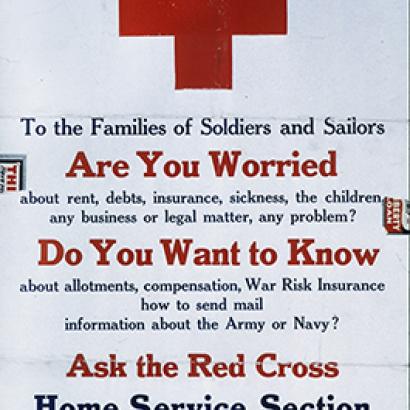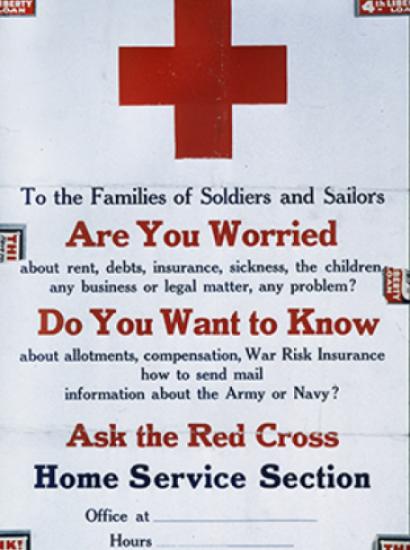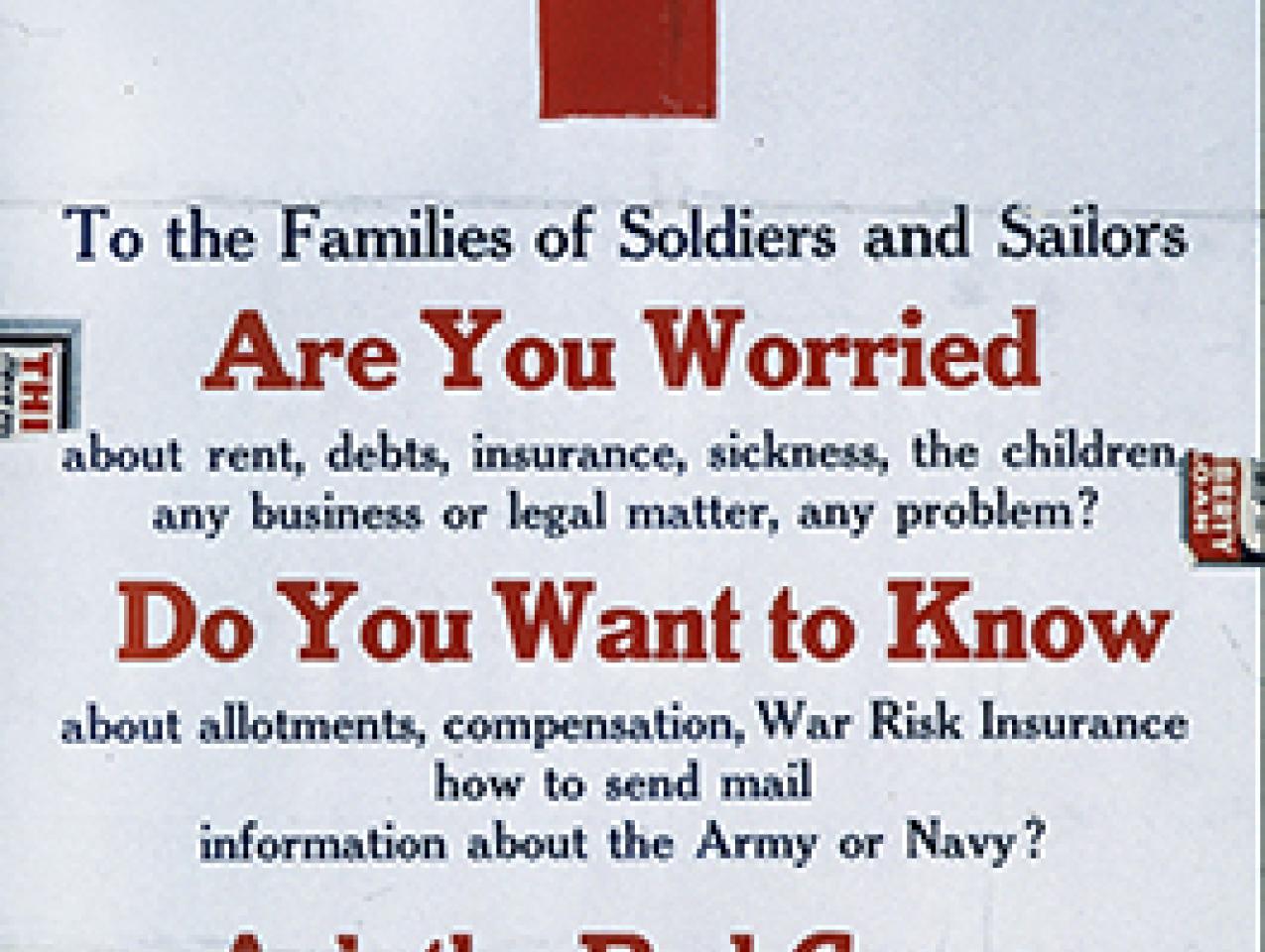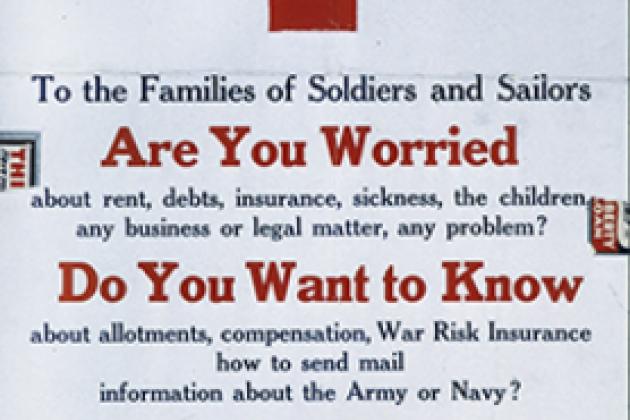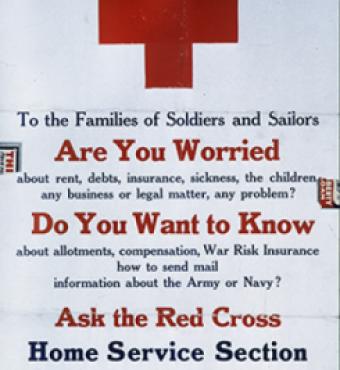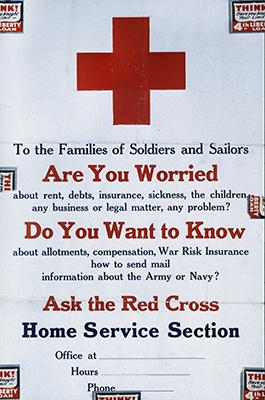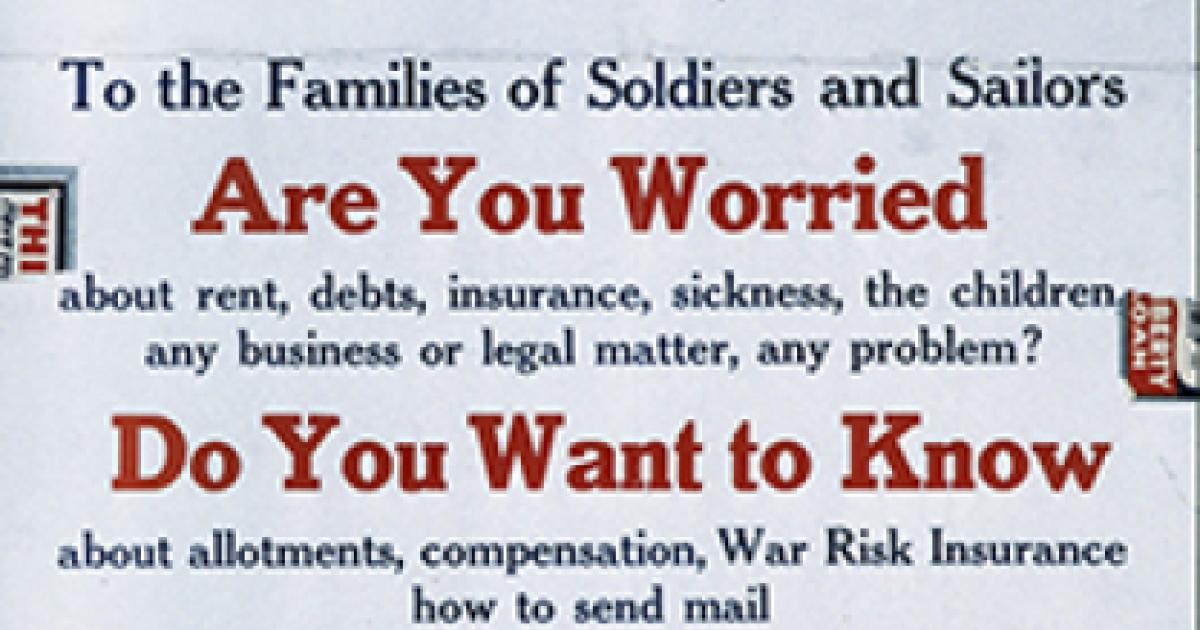- History
- Military
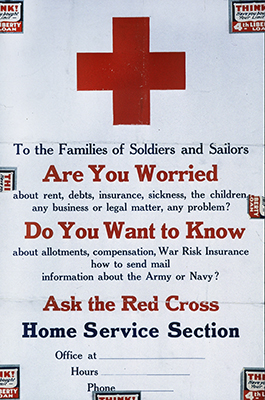
The outbreak of Coronavirus has prompted a good deal of interest in the Spanish Influenza that killed so many people at the end of World War One. Catharine Arnold, author of Pandemic 1918 (St. Martin’s Press, 2018), reminds us that during the first twenty-five weeks of that pandemic, no fewer than 25 million people died of the disease, which eventually was to kill well over 50 million people and perhaps as many as 100 million globally, many more than the cataclysmic world war that overlapped it chronologically.
It is a remarkable statistic that of the 116,516 American military deaths in World War One, no fewer than 63,114 (54.2%) were due to disease (mainly Spanish Flu), against 53,402 (45.8%) which were due to battle. As Lord (Danny) Finkelstein has pointed out in The Times of London, “Yet somehow when the history of the 20th century is told—the story of the First and Second World Wars, of Hitler and the Holocaust, of Stalin and his purges, of Mao and his famines, of depression and recovery, of capitalist progress and the welfare state—little space is devoted to the origin and impact of one of that century’s truly great events.”
The subtitle Laura Spinney chose for her history book Pale Rider (PublicAffairs, 2017) was “The Spanish Flu of 1918 and How It Changed the World.” In it, she argued that the disease had incredibly powerful political, cultural, and social effects on the postwar world, in societies that were still reeling from the Armageddon of World War One. She even ascribes the rise of Mahatma Gandhi’s Indian nationalist movement in part to the way that millions had died of the Spanish Flu there.
Will we perhaps, a century hence, ascribe similarly enormous geopolitical changes to Coronavirus, especially in the power and role of the Communist Party of China, which might go a long way beyond its ability to control the consumption of snakes and bats in its open-air food markets? “The Coronavirus might prove to be a 9/11 moment,” Finkelstein argues, “a moment where the hidden history and experiences of centuries suddenly become the subject of popular debate and urgent public policy-making.”
There were rumors during World War One that the Germans had deliberately created the Spanish Flu in their laboratories and distributed it via secret U-Boat journeys, in a last, desperate, sinister attempt to destroy the Allies’ coalition against them. Stand by for similar conspiracy theories about Covid-19.







